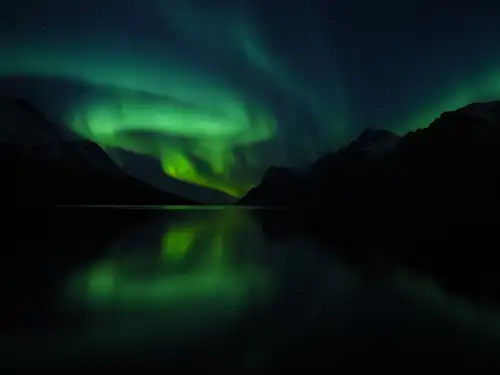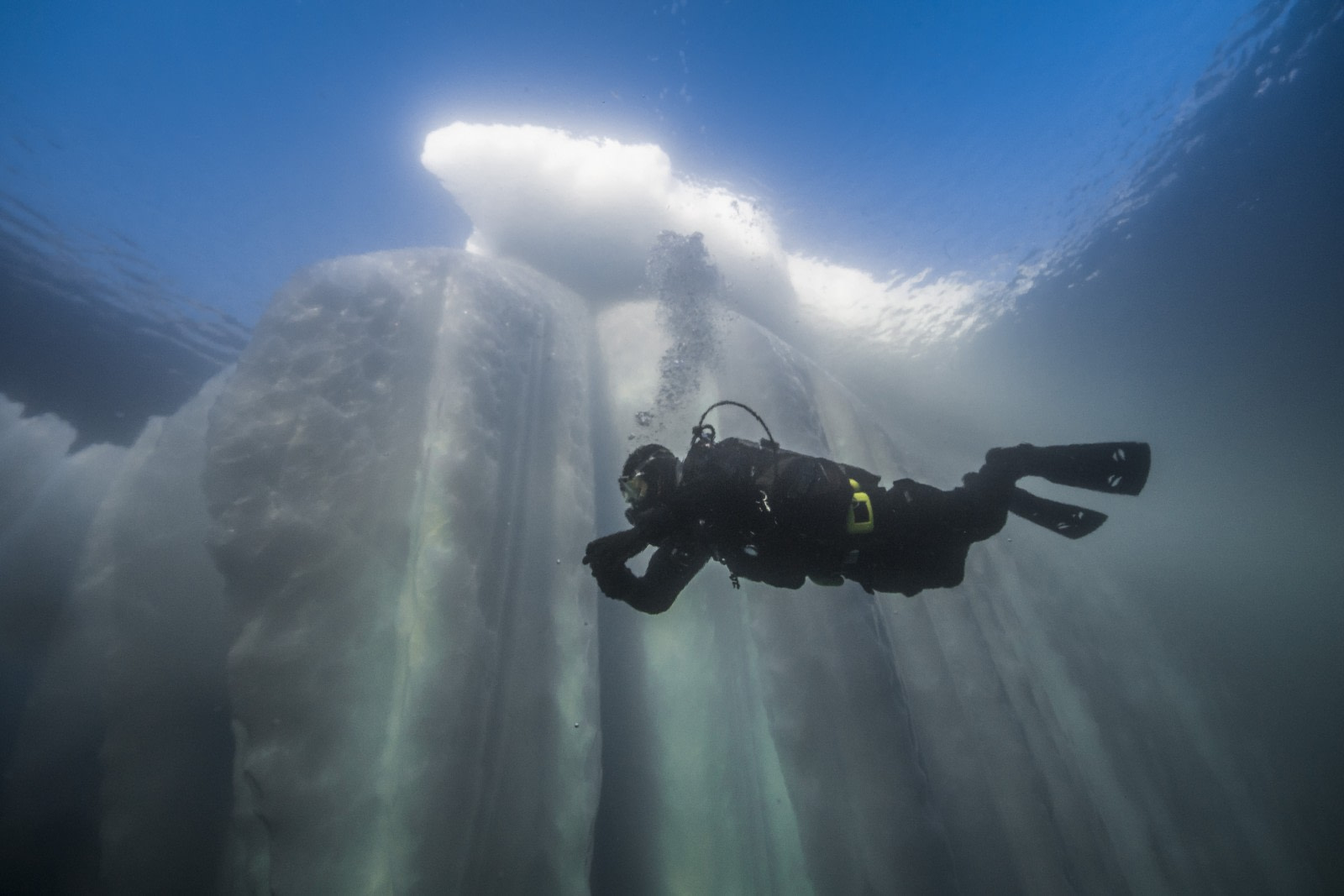Not so very long ago, all you had to do to qualify as a thrill-seeker was hop a ship to the polar regions and make it back with all your fingers – or your life, if you weren’t picky.
How times change. Antarctica and the Arctic have not only become cruise destinations, they’ve become sporting venues: Spend a minute on Google and you’ll see more people swimming, camping, and running marathons across the polar regions than so much as survived some of the historic expeditions.
Even so, polar scuba diving still manages to separate the casual tourists from the snow-mad die-hards. And the polar dive program proudly leads the way.
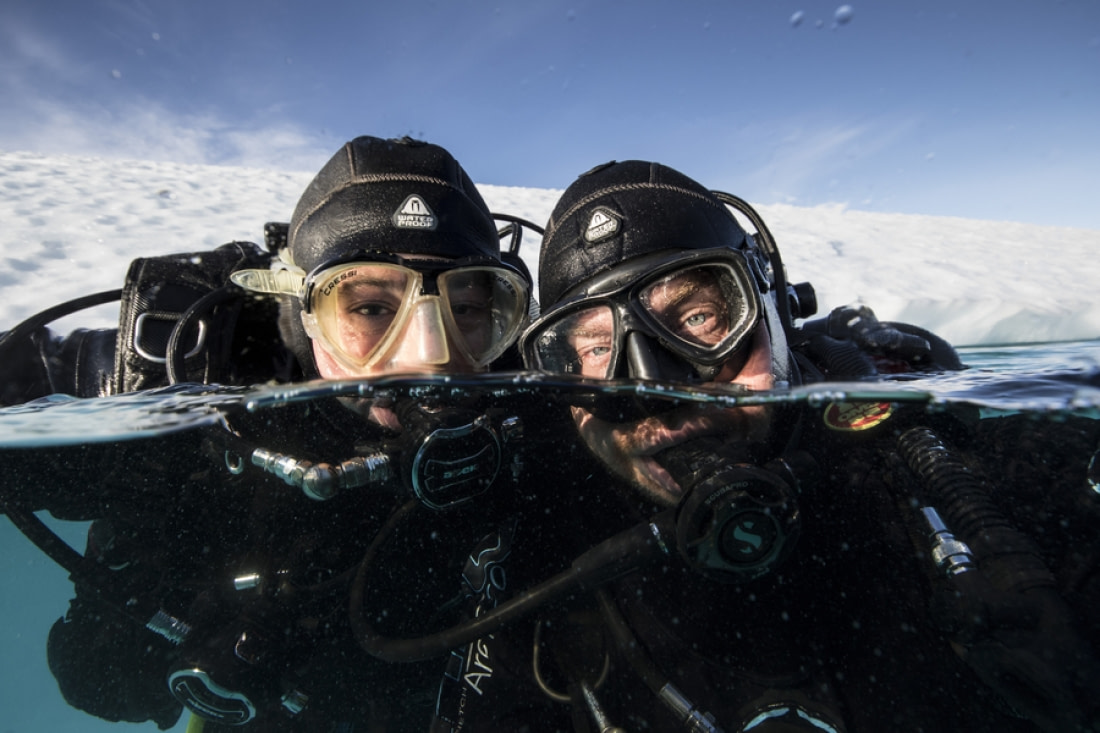
Polar scuba diving the expert way
“We probably have the most consistent and long-running polar diving program on the market,” says dive master Henrik Enckell, who’s been leading dives in the polar regions for more than 15 years. “The diving, combined with other activities like kayaking, mountaineering, and camping, fill our trips with action. They’re more like expeditions than cruises.”

But, naturally, this much adventure comes with responsibility. Not only do we require our passengers to have adequate cold-water experience before joining our polar diving groups, but we employ only the best dive leaders in the industry.
“Our guides have over 200 combined years of experience,” says Michael Green, another dive master. “That knowledge of the water and ice gives our guests a unique adventure whilst being safe. Our hard work makes us stand out from the crowd.”

What makes the polar scuba sport worth diving into
Even if you’re a certified scuba junkie, however, you might wonder why polar diving is worth all the training and potential discomfort. After all, isn’t it just swimming through dark, ice-filled water in the hope of seeing the underbelly of an iceberg?
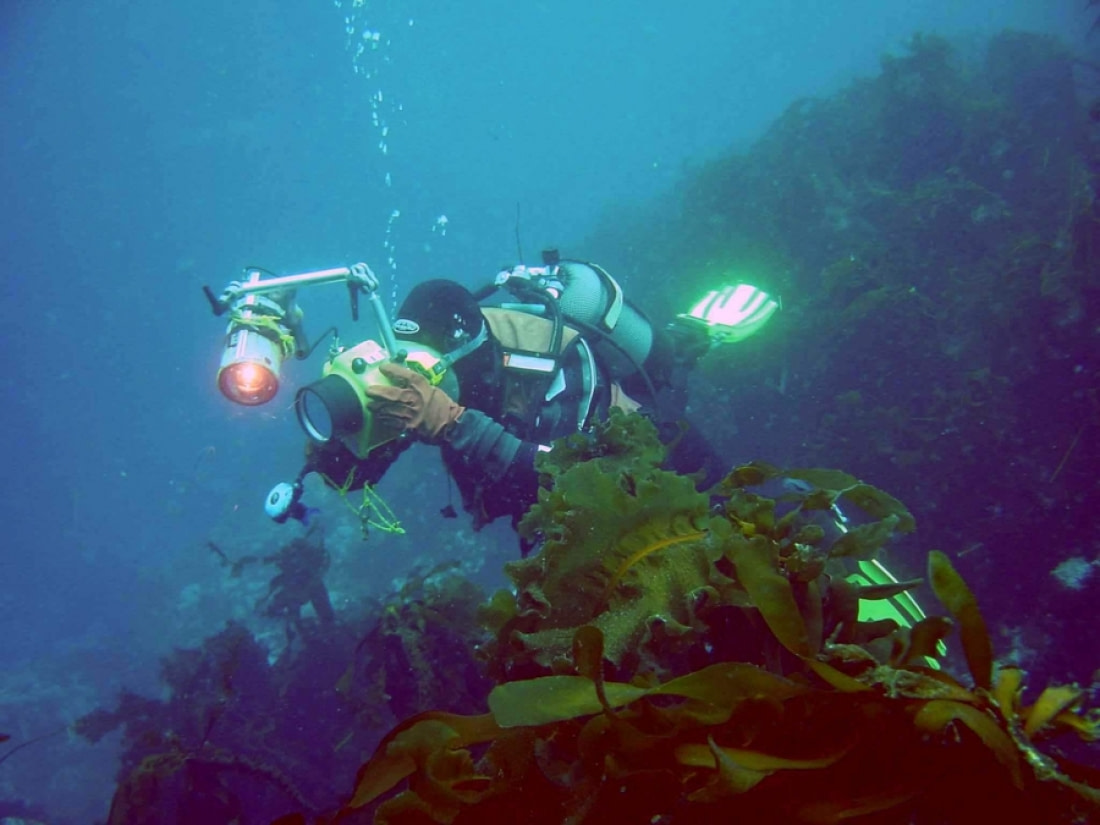
Not exactly, says dive master Catherine Buckland, who explains that a prime characteristic of polar diving is variability. “The local conditions change yearly, monthly, even daily sometimes – which is good, because some of the best dives are the unexpected ones.”
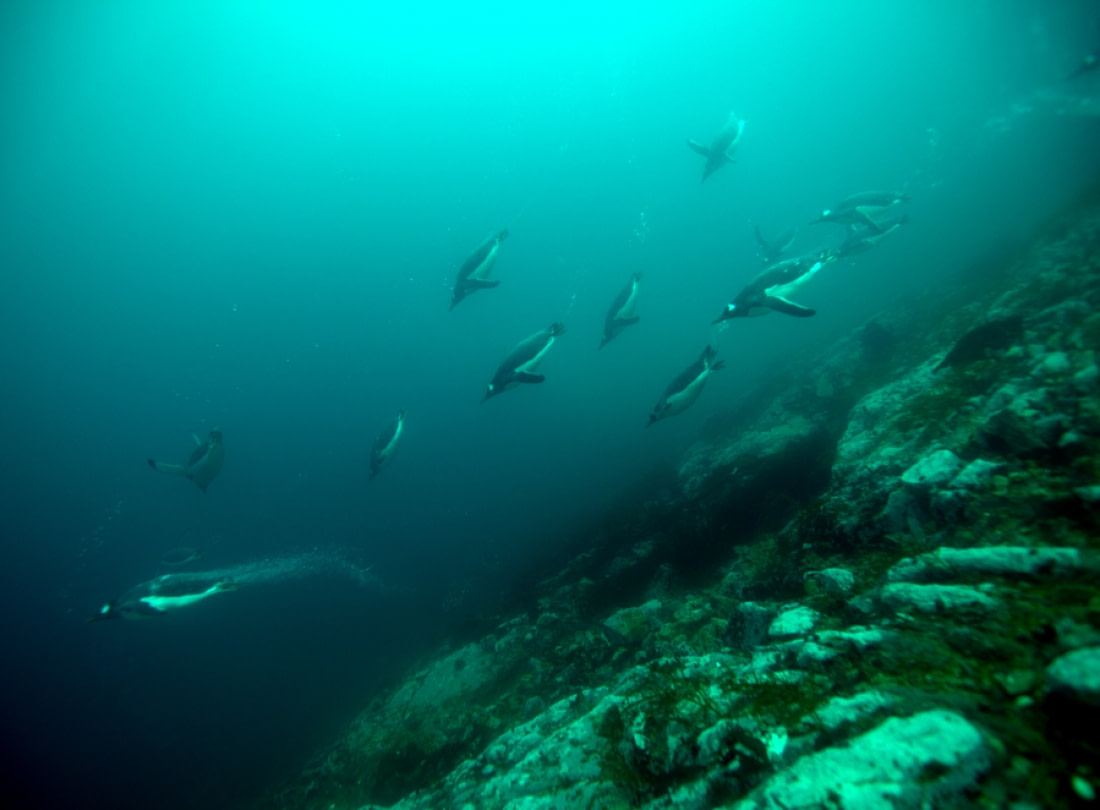
Green agrees, adding that one of his favorite aspects of polar diving is entering undiscovered country. “Some days we dive where no one else has dived before. Even at our usual sites, certain areas are totally unexplored. This makes for a landing-on-the-moon experience.”
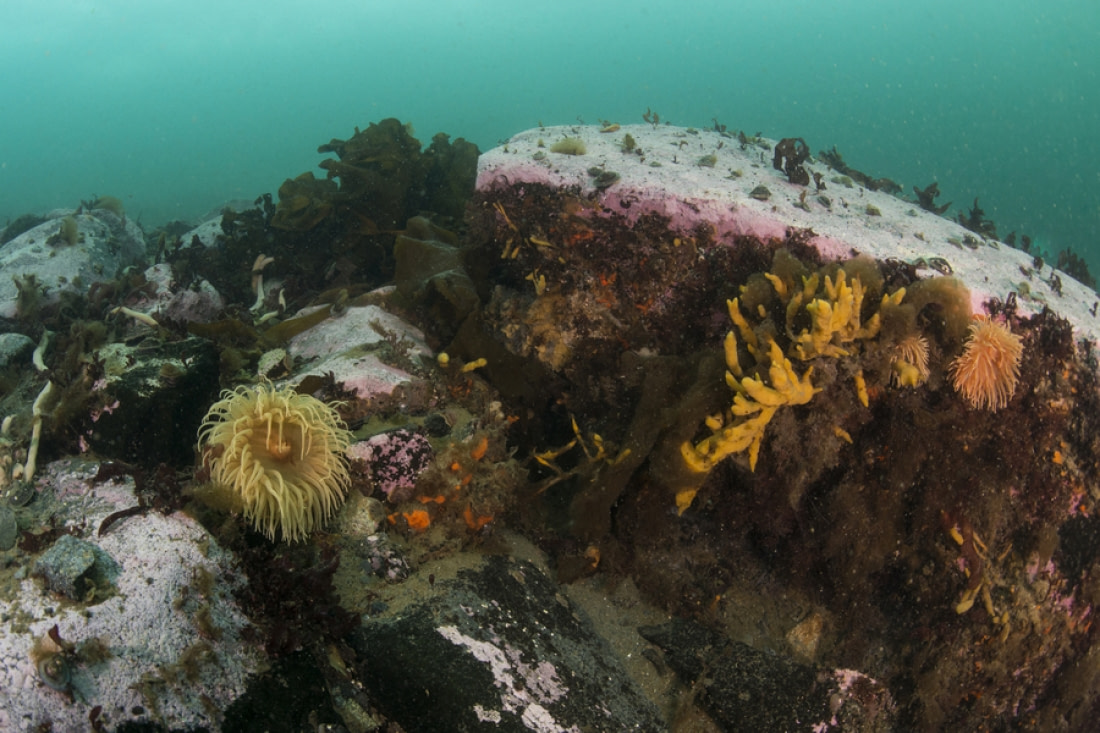
And even as new sites are experienced, new technology is advanced. “The equipment gets better all the time,” Buckland says, “meaning divers can stay warmer for longer.”
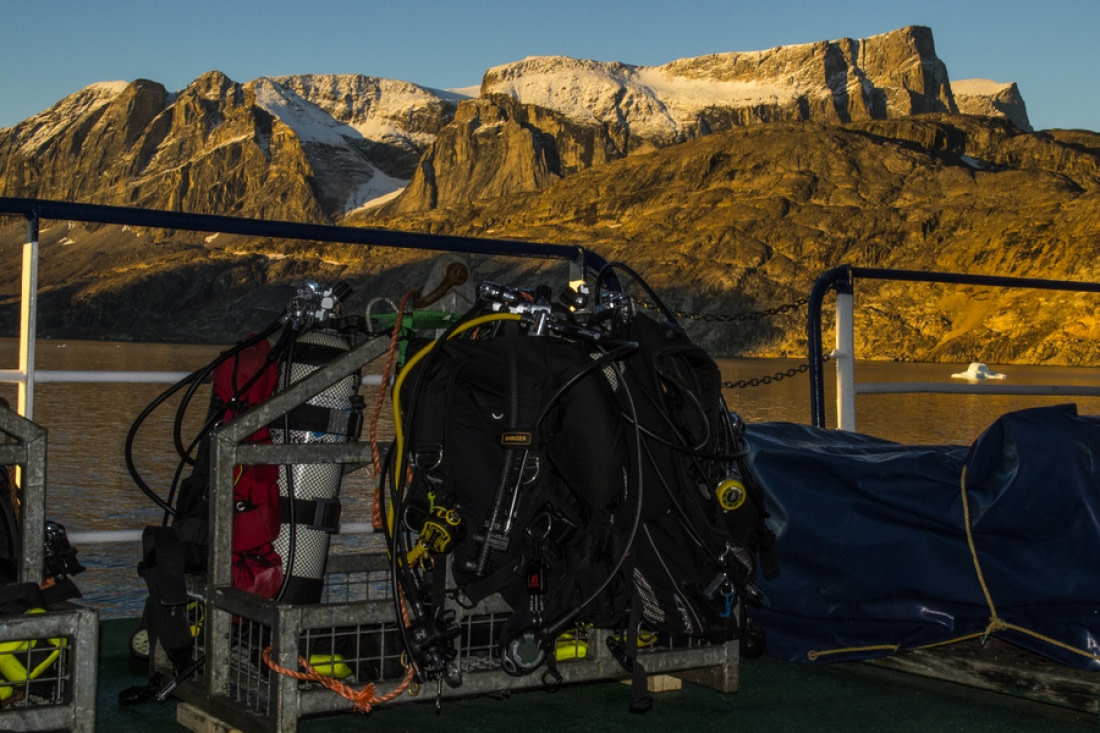
In addition to equipment, our dive masters are constantly honing their skills. “It’s the safety aspect that is vital when diving any remote area,” explains Green. “Our superb team of guides keep developing their site knowledge, moving forward all the time.”
The bottom line of top-notch polar diving
What does all this equipment, experience, and training boil down to? Giving our passengers the most pleasant, safe, and adventurous polar diving voyage of their lives.
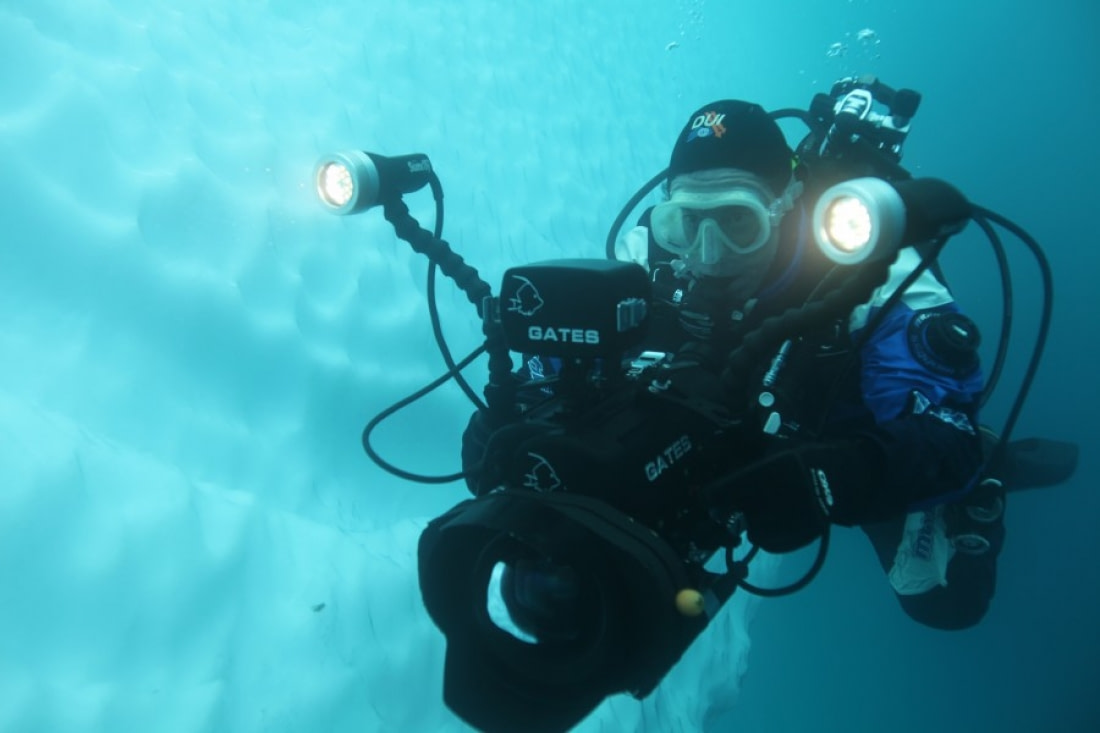
“These places are truly life changing,” Green says. “I am sure our passengers don’t realize what they’ve seen until after they have returned home. These places get in the blood.” Green recalls kitting up with 100,000 seabirds flying above his head in 24-hour daylight. “The silence alone should be experienced by everyone at least once in their lives.”
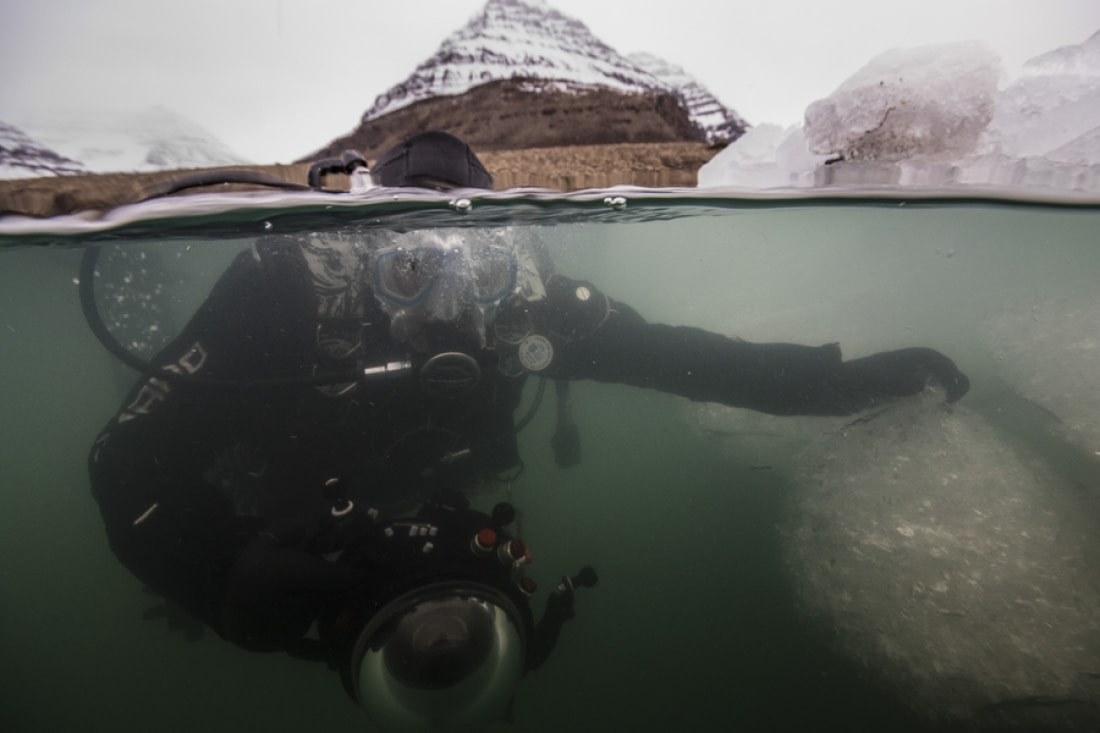
Buckland and Enckell can’t argue. “This is expedition-style diving,” adds Buckland. “There’s such vast unexplored areas that, in terms of diving, the sky is the limit.”
Or if not the sky, definitely the sea.
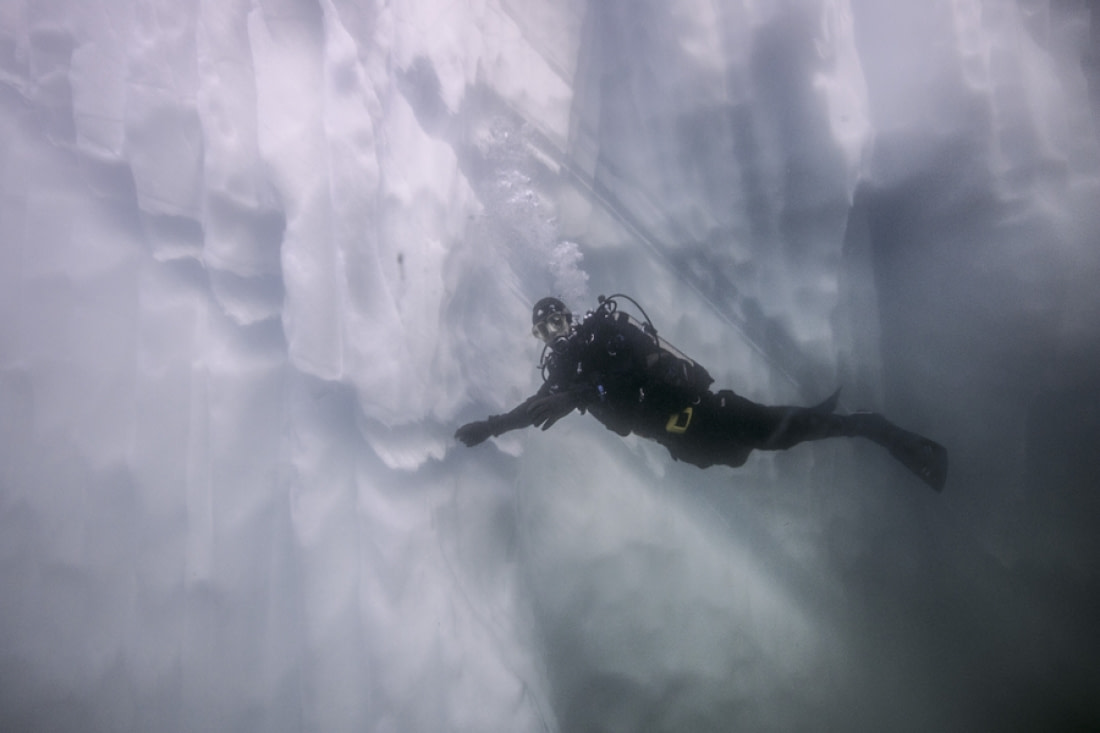
Blog


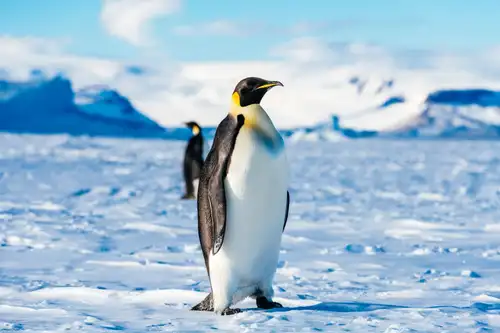
Penguins, Petrels, and Prions: Top Antarctica Bird Tour Spots
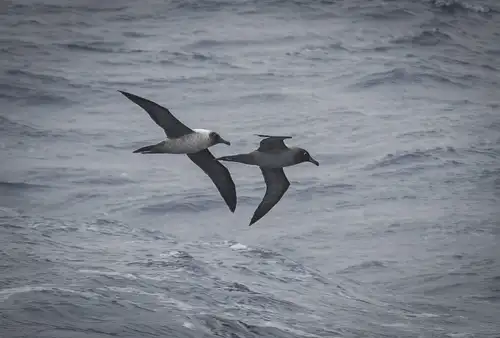
Birds of the South: 33 Antarctic Birds and Seabirds
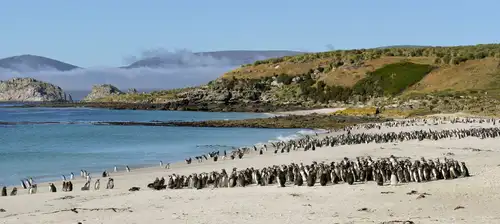
17 Reasons to Cruise the Falklands
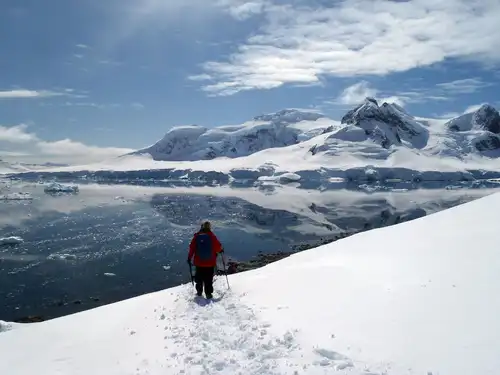
Explore Antarctica Without Leaving Your Couch
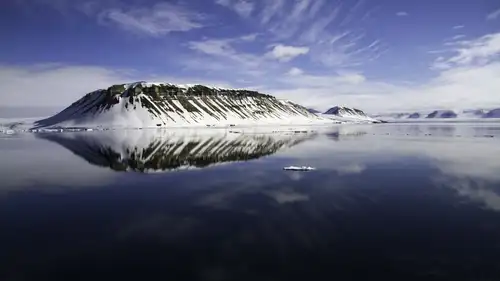
The Ice-Jewelled Geology of Spitsbergen

Traditional Lifestyles of the Inuit
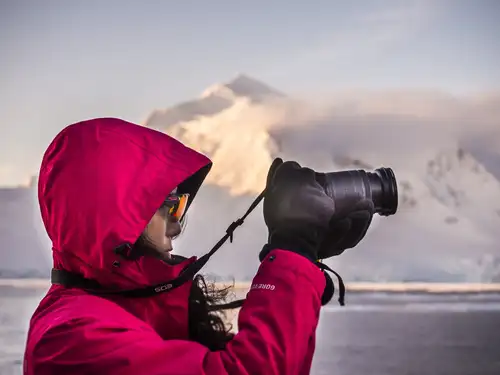
12 photo tips to make better pictures on your Antarctica cruise
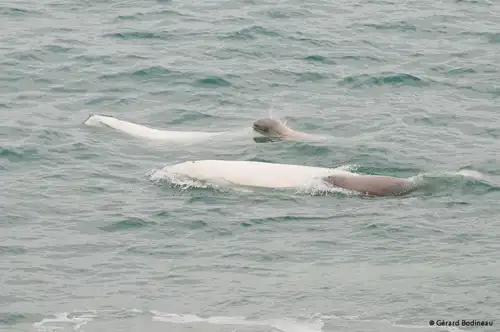
The Mysteries of the Beluga Whale
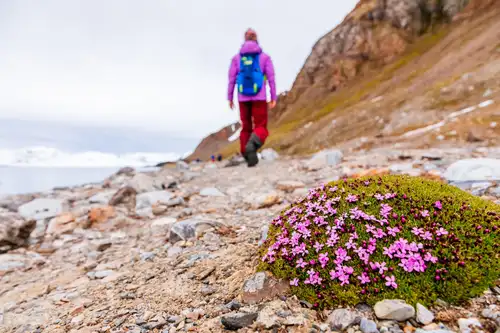
Seizing the Season: Spitsbergen’s Late Spring, Early Summer
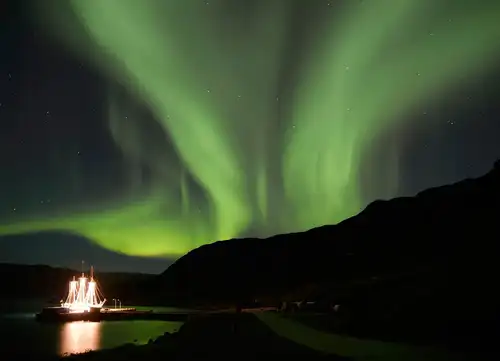
North Norway, Northern Lights, and All the Pretty Whales
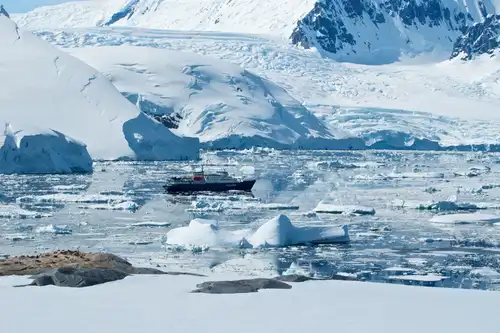
10 Books and Films To Prepare for your Antarctica cruise
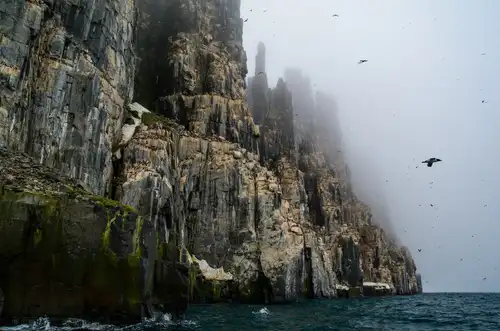
Spitsbergen: Alkefjellet magic

The disastrous expedition in the Arctic west
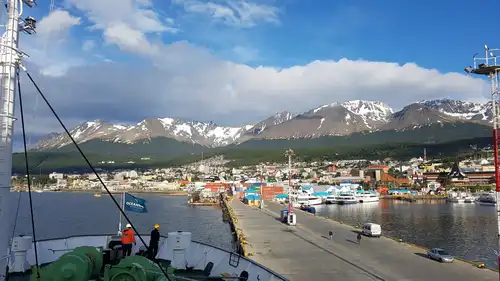
Seven Things to Do around Ushuaia
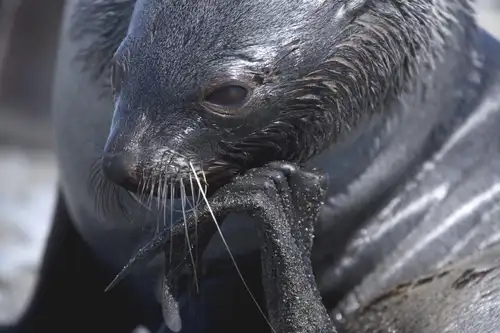
Coming Back from the Brink: The Fur Seals of Antarctica
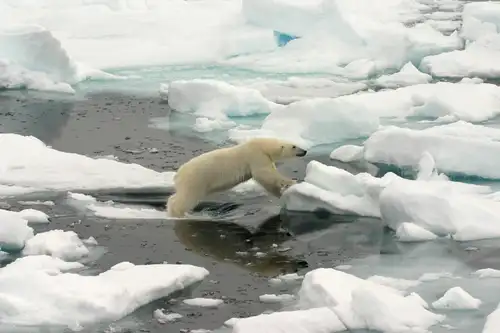
Spitsbergen: a true polar bear trip

The Ultimate Traveler’s Guide to the Arctic and Antarctica

Top 10 Tips for Packing Your Polar Photography Equipment

The Overlooked Treasures of Ascension Island
